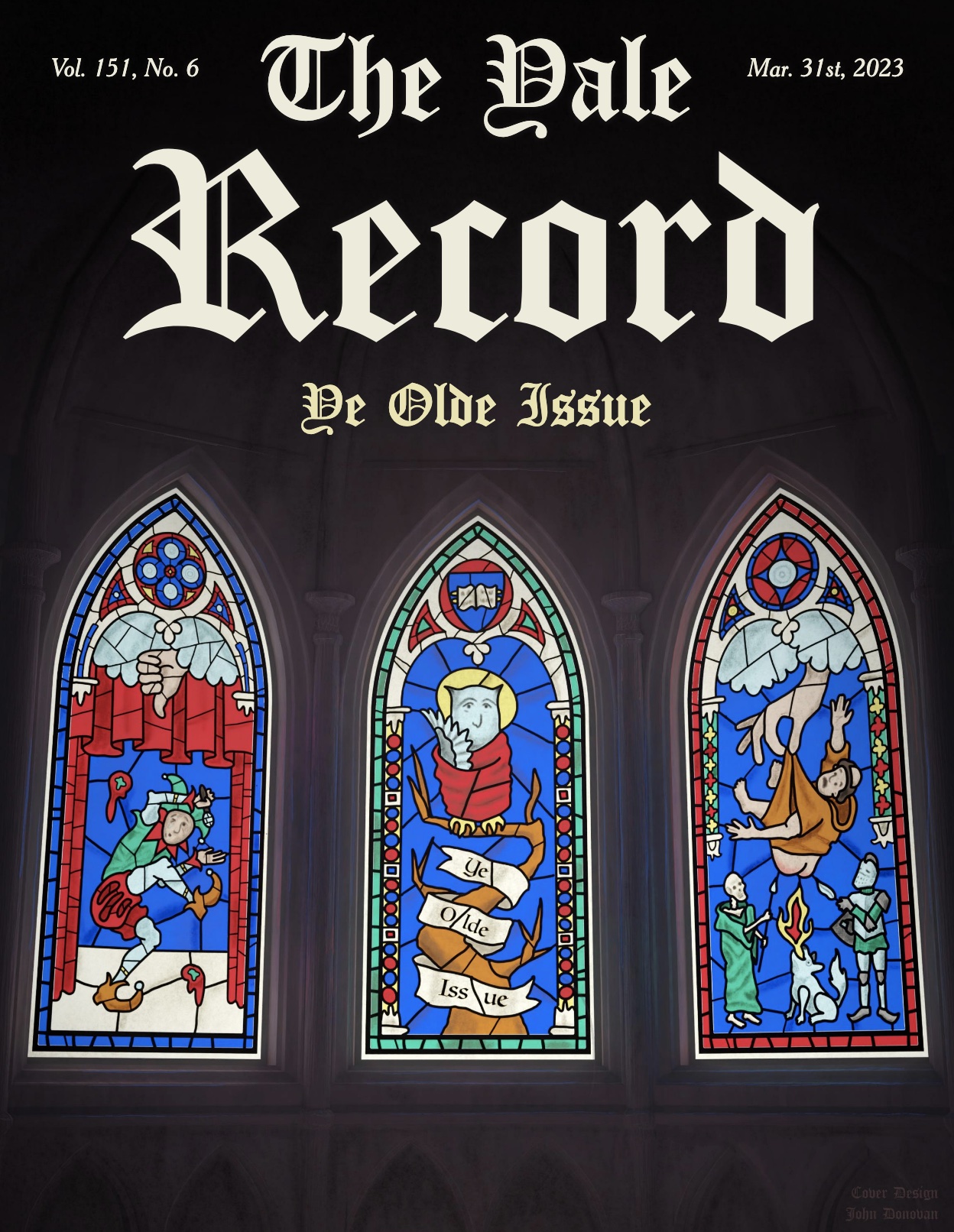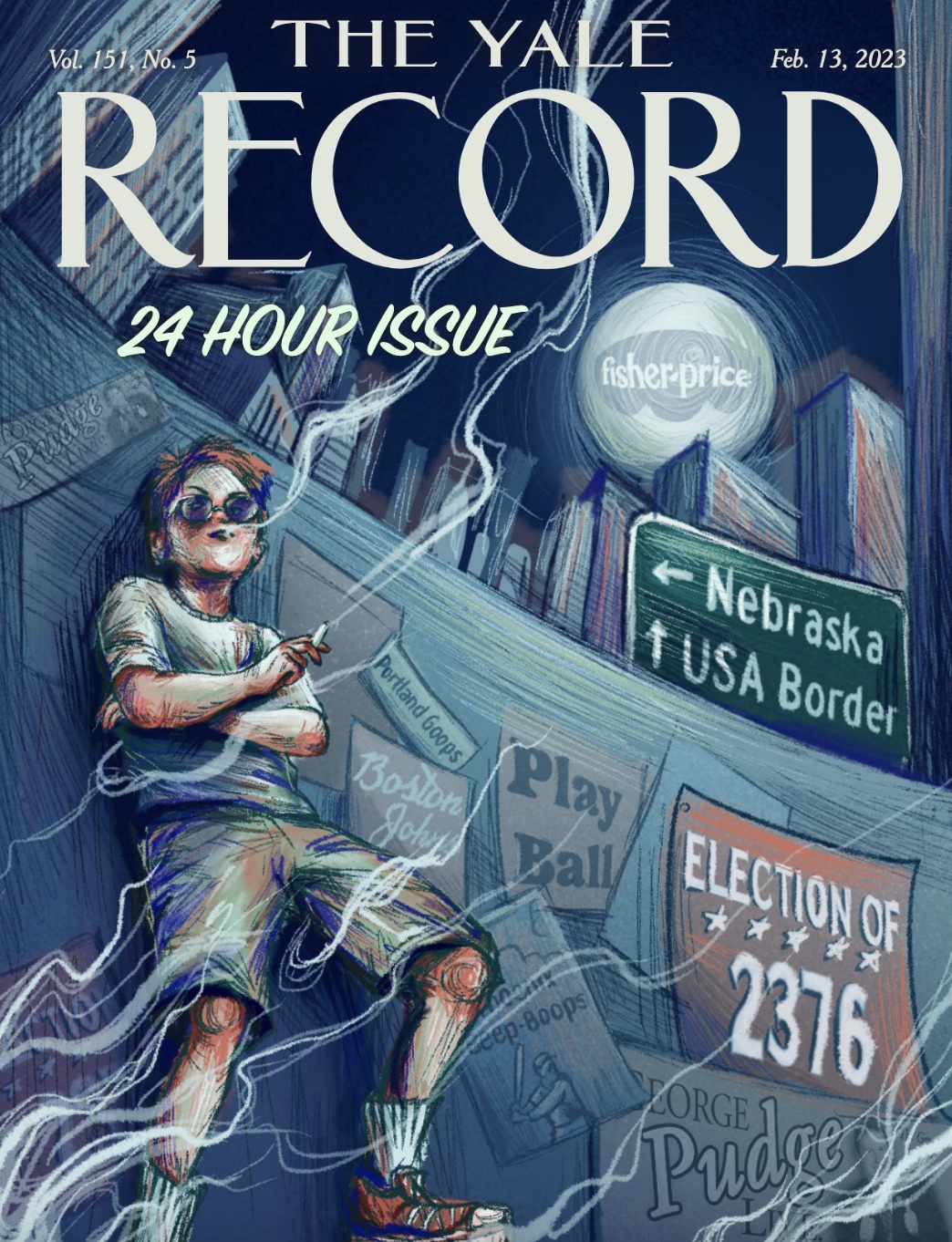The Fairweather Student has long evaded scientific understanding. For years scientists have wondered how this soft and naive creature, displaced from its natural habitat of perpetual sunshine, survives in the New Haven environment. Recently however, The Yale Department of Invasive Student Surveillance and Study has made groundbreaking discoveries regarding the Fairweather Student’s evolution and stages of adaptation to life in New Haven. Over the course of a year, a team of researchers conducted an observational field study of a Fairweather Student on Yale’s campus. Below are the summarized findings:
Stage 1: Destroying the Fairweather Student — It is September. The student has only ever known pleasant temperatures and blue skies. It discovers, to its dismay, that New Haven is sometimes hot. Worse, it is often humid. The student has never experienced this before. It becomes sticky. It struggles with accepting the amount of sweat its body produces. It is disgusted. It does not recognize itself. The student begins to shower three times a day to try to regain its sense of self. It fails.
Stage 2: Molting — Fall arrives in New Haven. The humidity takes a toll. Once a happy, self-assured Fairweather Student, the student is broken. But the humidity eases as the leaves begin to change. The student becomes bipolar. On days where the skies are blue, it appears to be okay. But some days it rains. The student buys an umbrella, but it forgets the umbrella and gets drenched in a thunderstorm. The student cannot figure out how to carry the umbrella while also carrying its bag, phone, and coffee. It is always losing things, including its mind.
Phase 3: Molting, but worse this time — Winter arrives in New Haven. For a period of 3-5 days the student enjoys the snowfall. It is foolishly amazed by it: beautiful, serene, magic. Then, the student begins to suffer. It is forced to grow an extra layer of protection: an exoskeleton in the form of a puffy jacket. Outside, the student shivers. Inside, it sweats. It desperately sheds the jacket as soon as it enters a building. The student purchases snow shoes before it realizes that people do not wear those. The student comes face-to-face with what everyone warned it about: seasonal depression.
Phase 4: Failure — Before Spring returns to New Haven, the student is on a flight back to its native California. It has transferred to UC-San Diego. Go Tritons.
—A. Hempel




